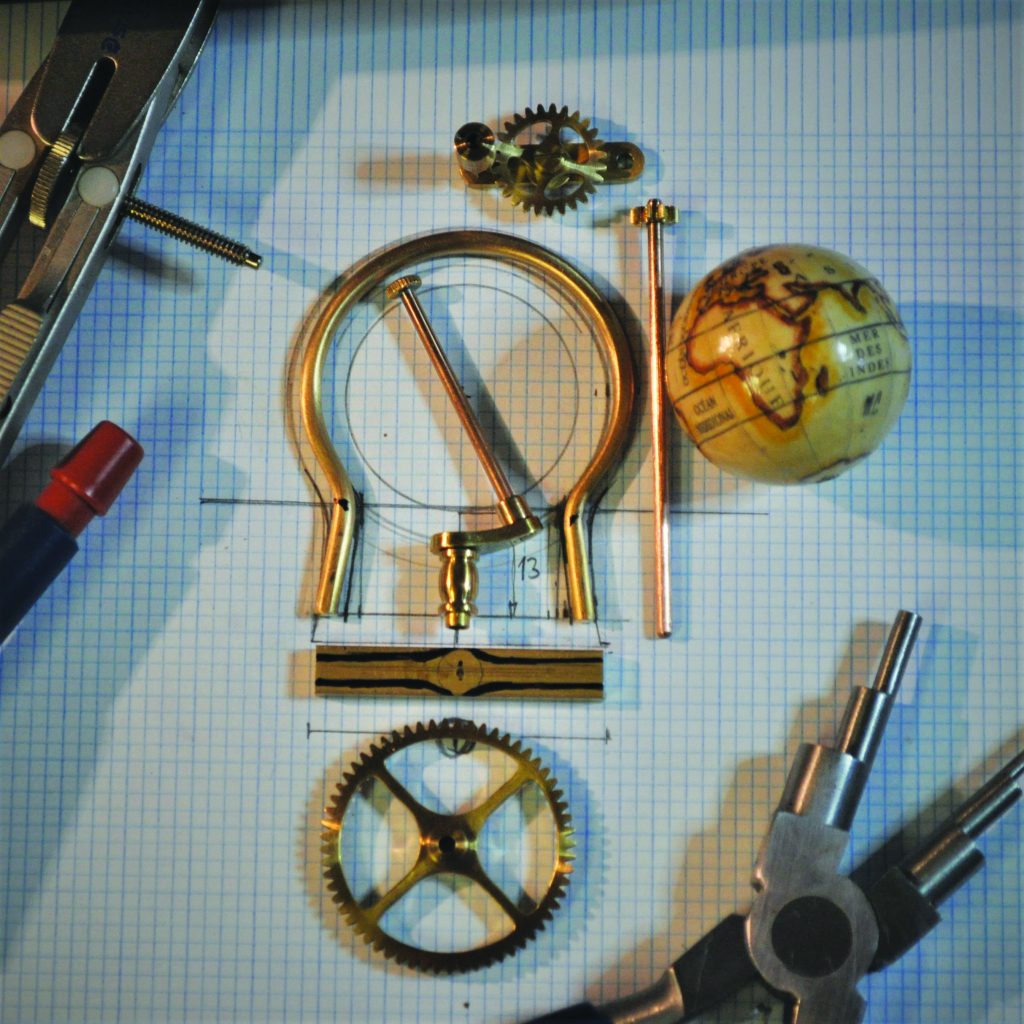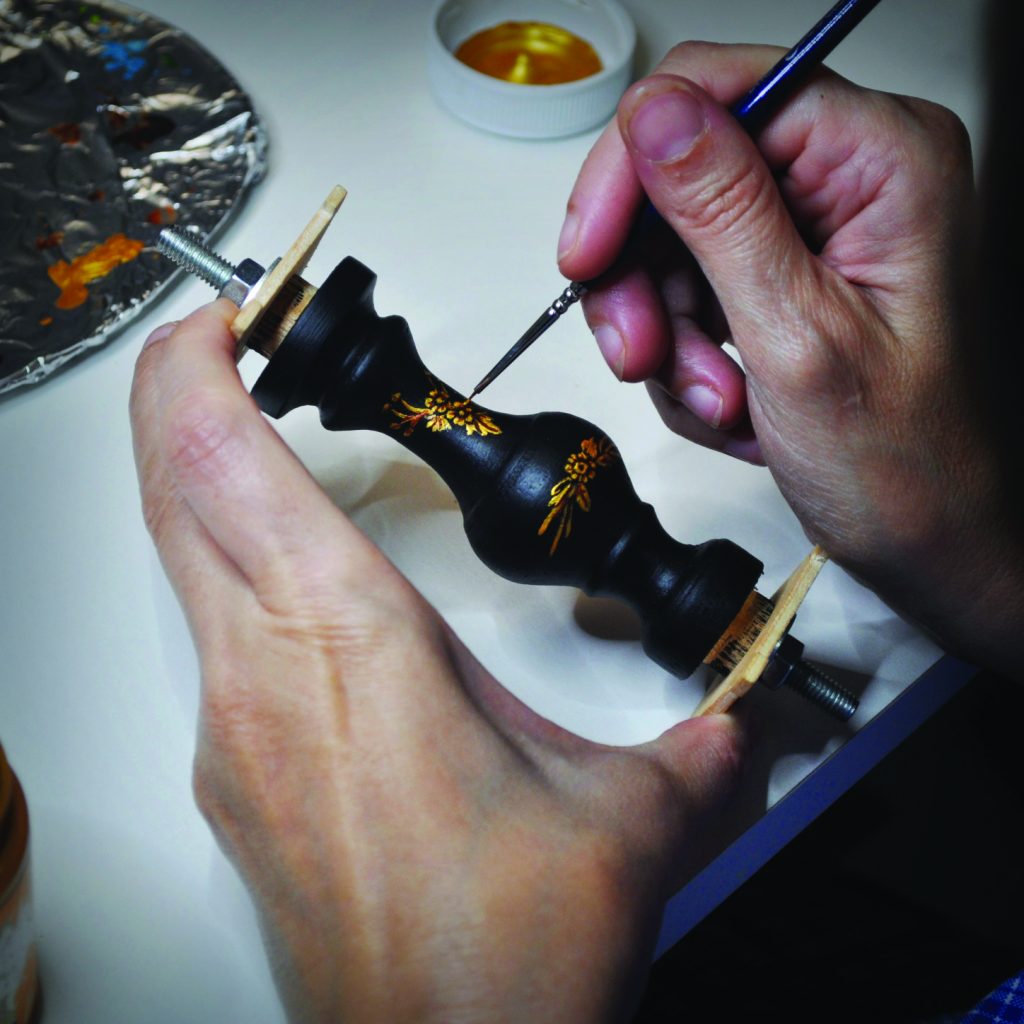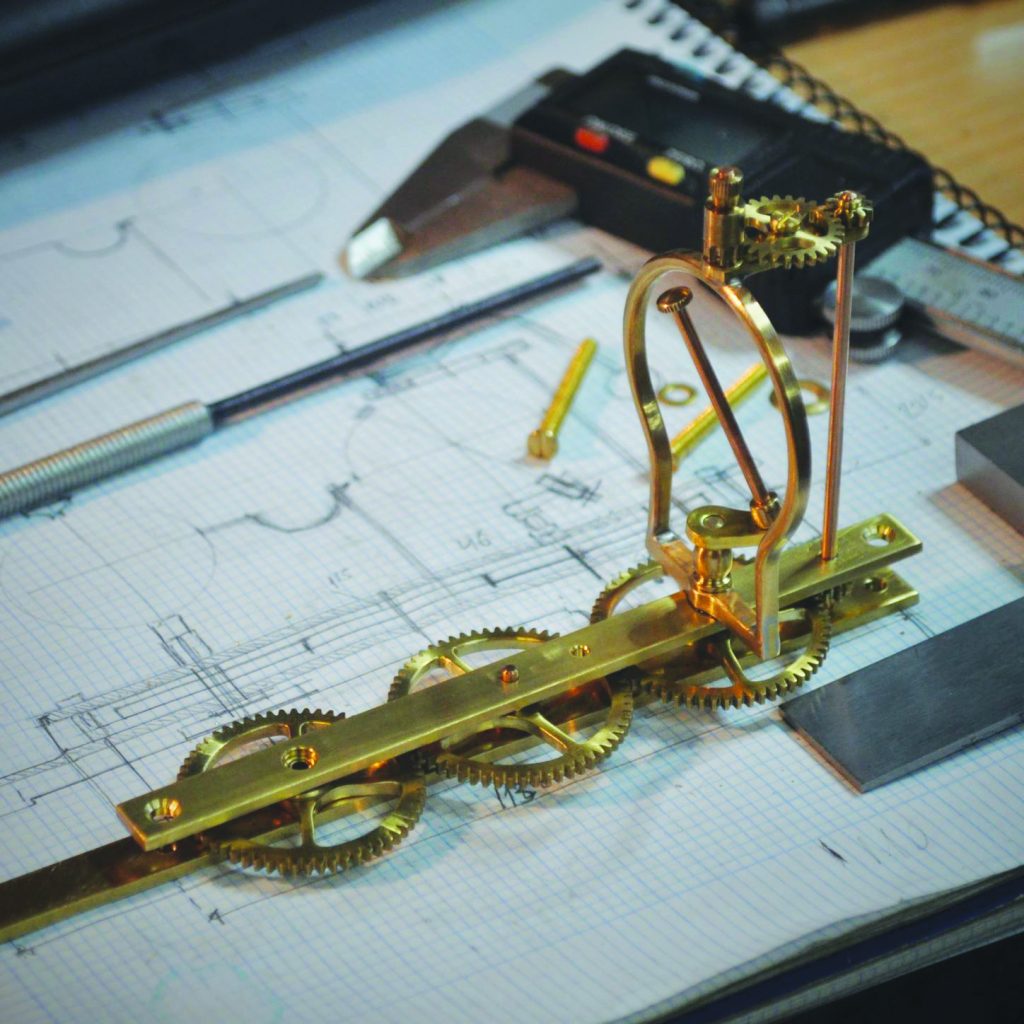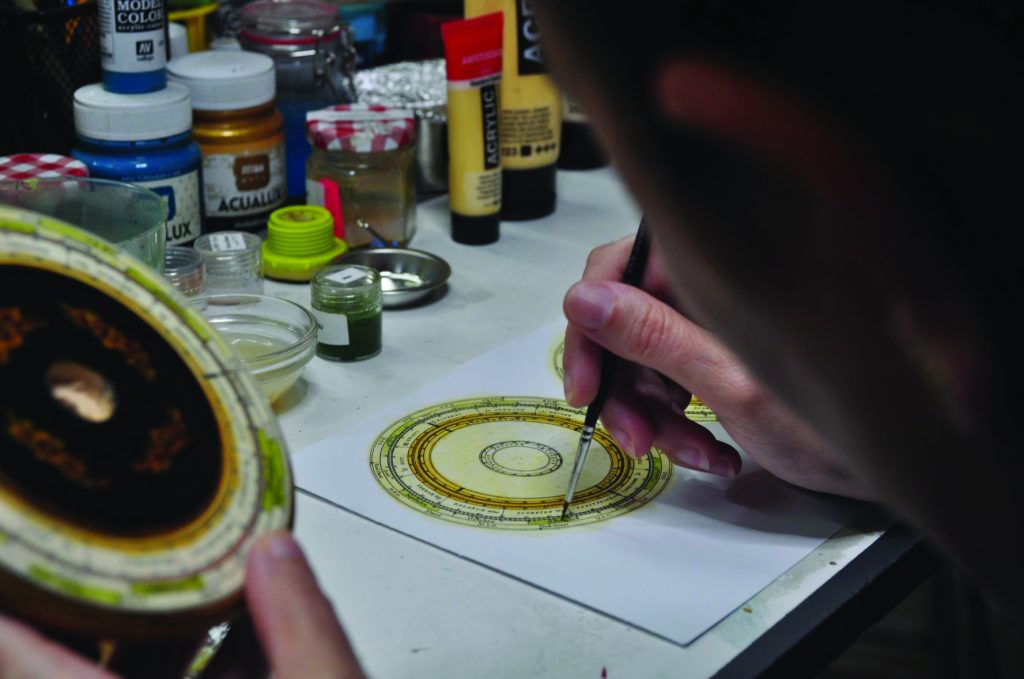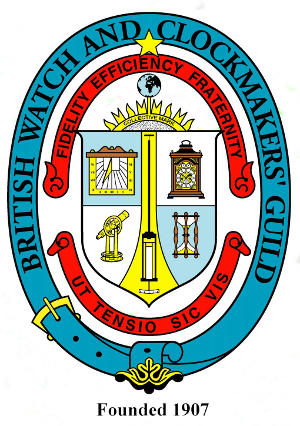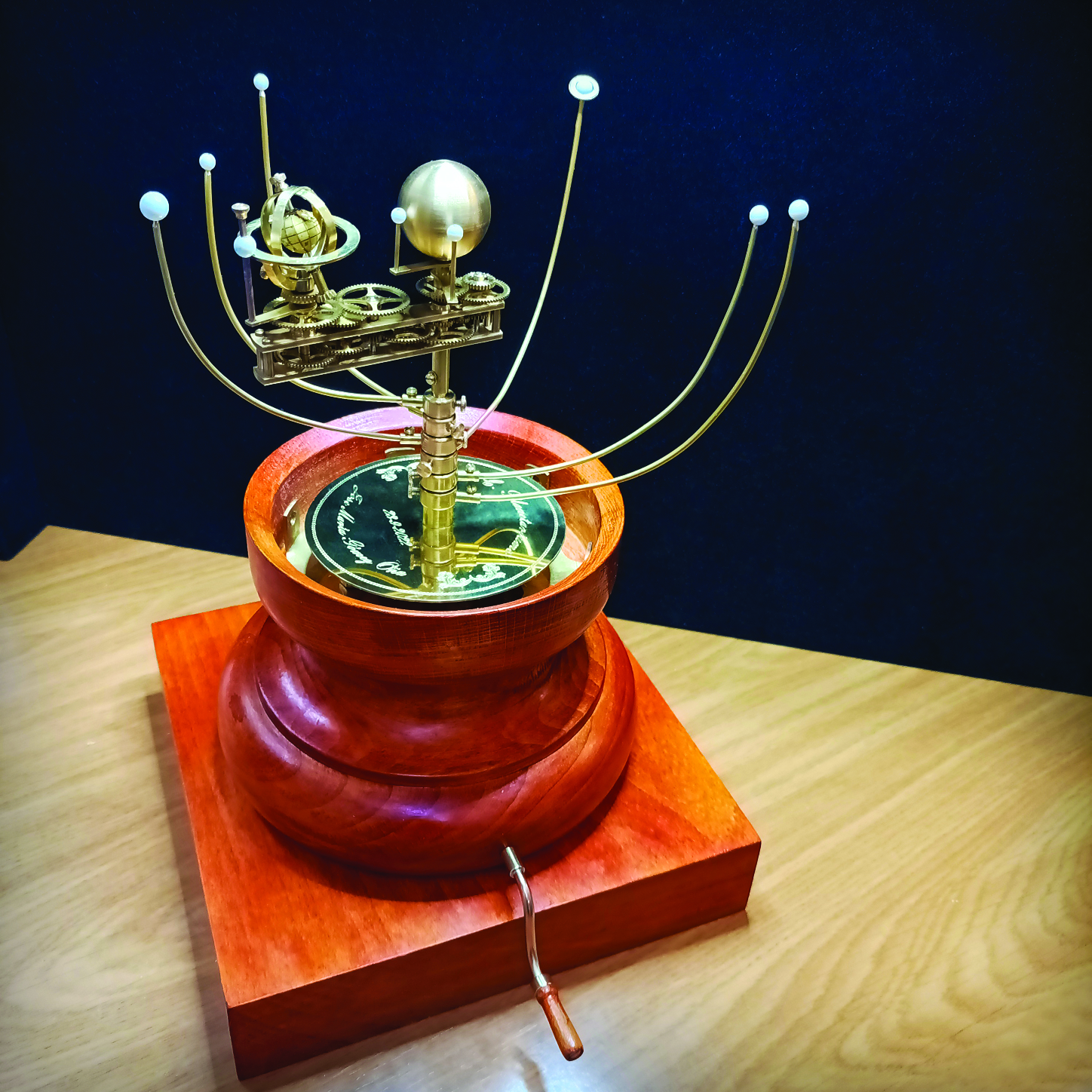Planetariums, telluriums and lunariums that are out of this world... Part 2
José Gómez
In the last TimePiece we highlighted how José first became interested in planetariums and how his passion has developed over the years into a thriving family business, where he works alongside his wife Iratxe and daughter Saioa.
From small beginnings José is now producing a range of hand-made and finished planetariums, telluriums and lunariums, which find homes all over the world.
Here are a few more of his creations…
The Bertaux’s Planetarium
The most recent planetarium that José has completed is very special to him as it is a downscaled replica of the planetarium made by Emile Bertaux, located in the ‘Museo Maritimo del Cantábrico’ in Santander.
He explains: ‘In 2019, the Museum gave me permission to photograph this outstanding planetarium which is in an excellent state of preservation. I carried out a study of the object, the results of which I was able to present at a later lecture at the Museum. As a result of that lecture, I was asked if I could make a replica of this planetarium. I explained that it would take a long time to develop but nevertheless I put it on the list of things to do, possibly by 2023!’
When the Museum staff told José that the Director was retiring and asked him to build something special as a retirement gift, he decided that a replica of this planetarium would be a perfect gift. He knew he just had to find the time to do it.
The Bertaux Planetarium model is almost unique and while there are a few similar models around the world they are not exactly the same, he explains.
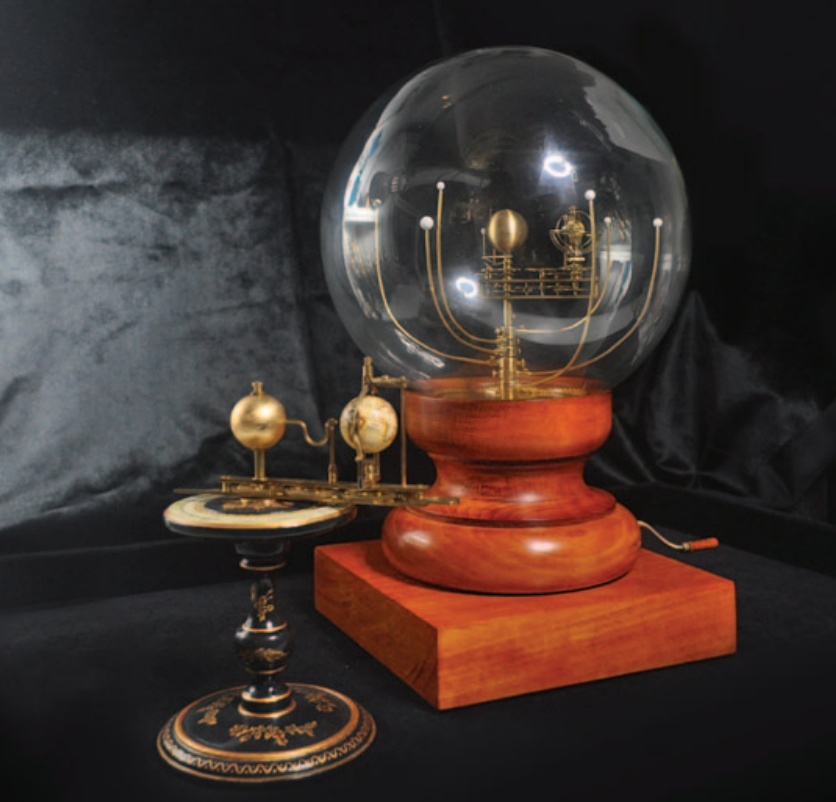
‘It is a hybrid planetarium – joining the movement of the planets with another movement that represents the motion of the earth and the moon. The earth rotates at a reduced speed with respect to the real one because these types of instruments had an educational purpose and were not part of an astronomical clock.
‘The moon revolves around the earth as it rises and falls sliding along an inclined ring that simulates its orbit and always keeps the same face toward the earth because it slides on a square section rod that prevents it from rotating horizontally.
‘The planetarium has nine planets, but not the nine planets up to Pluto as we knew them until a few years ago before it was no longer considered a planet, because Pluto had not yet been discovered at the time the planetarium was built, in the second half of the 19th century,’ he added.
‘The extra planet is Ceres, that today is considered an asteroid but after being discovered in 1801 it was considered a planet.
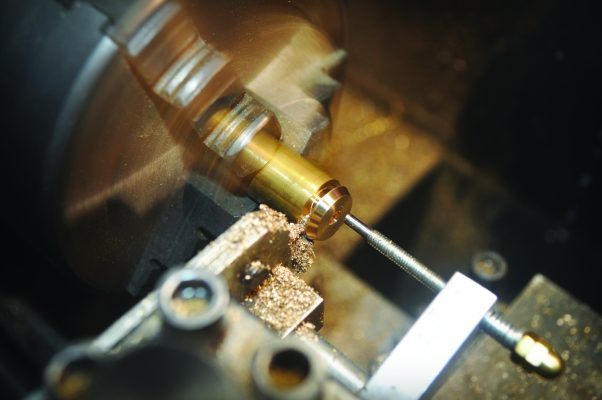
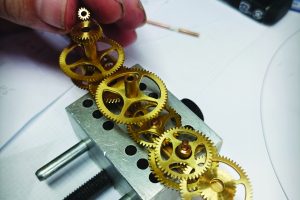
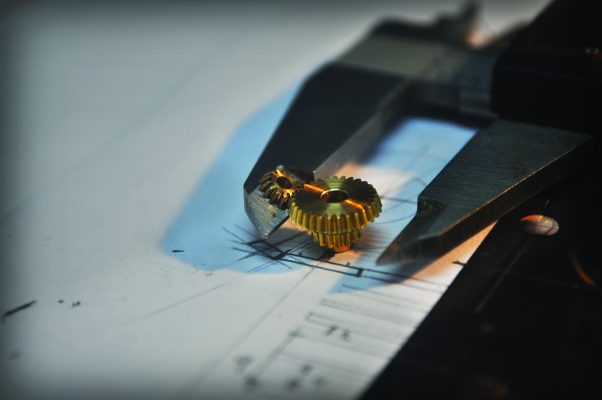
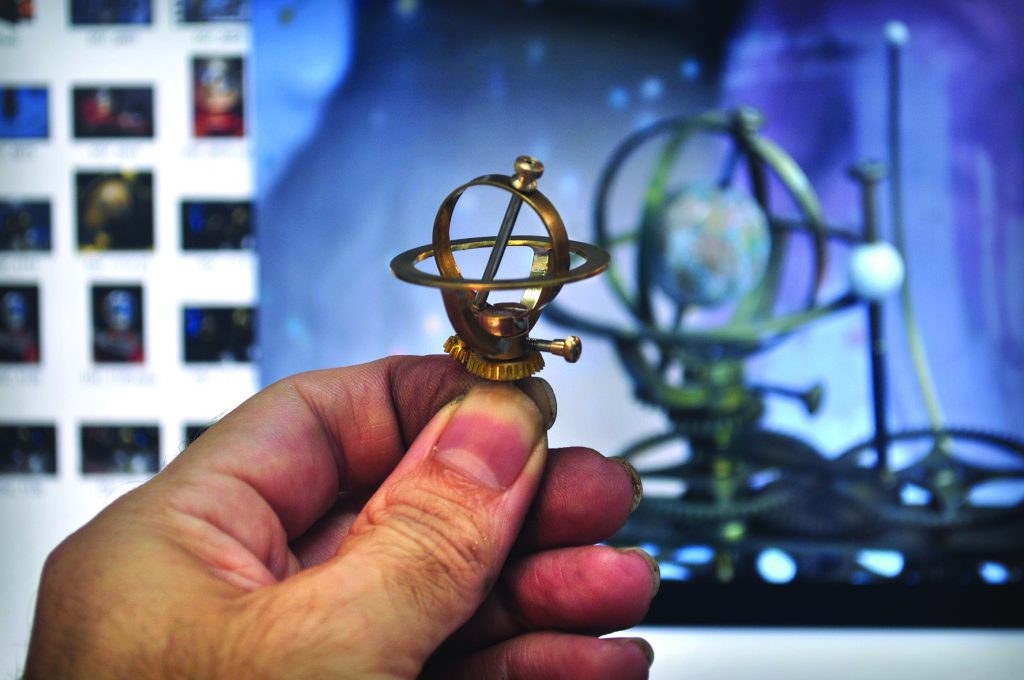
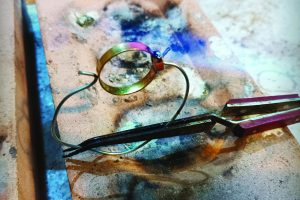
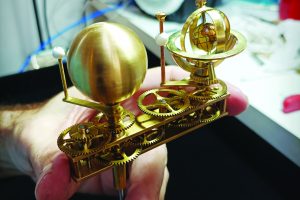
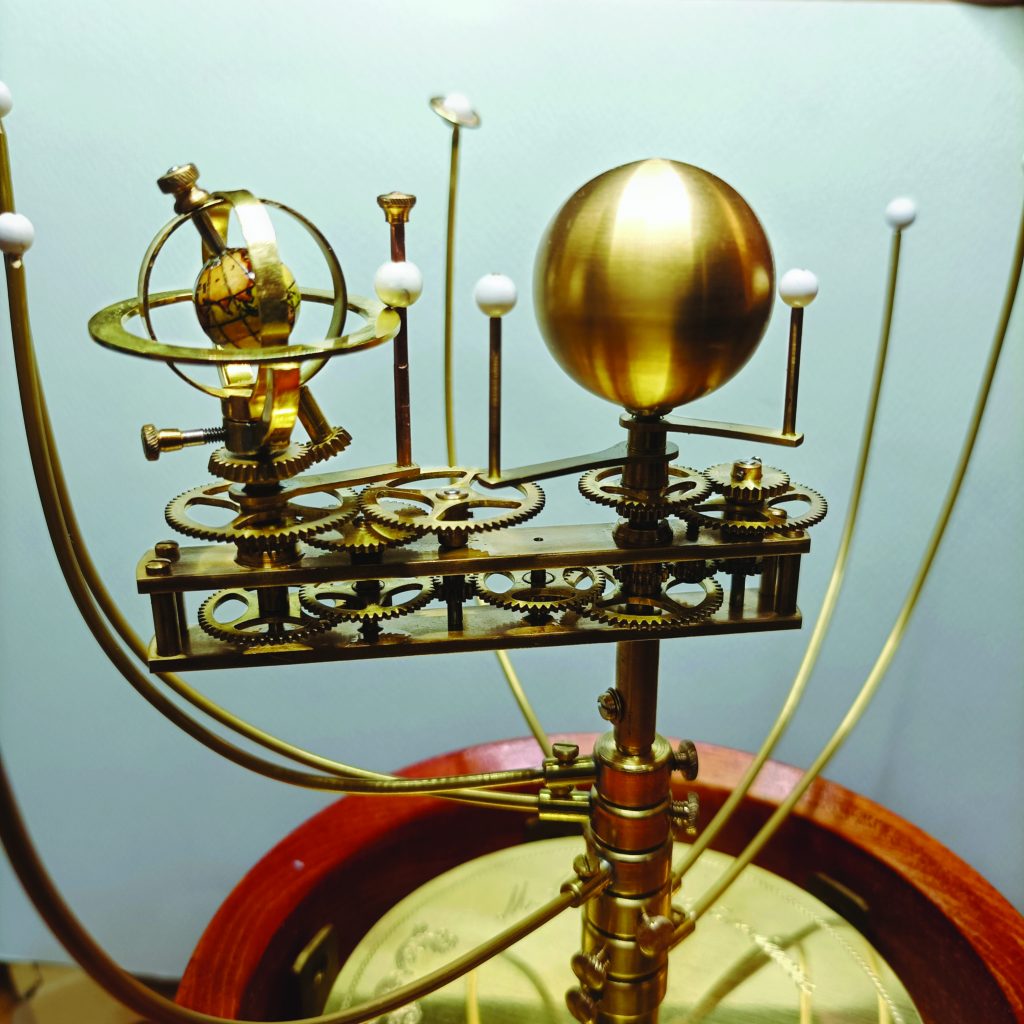
Interestingly, by the time the planetarium was built, it was no longer considered a planet, but at that time the same designs tended to be maintained for a long time,’ he explained.
Emile Bertaux took over Delamarche’s business and kept some of his designs, just as when Delamarche first took over Fortin’s business.
Added José: ‘To give another example, the geocentric armillary spheres continued to be sold along with the rest of the instruments throughout the 19th century, since it was not a question of officiality but rather of educational and even historical use.’
José began the huge task by making an exhaustive study of all the photographs he had and then making a scale drawing of the original. The next thing he had to do was to think about the materials that he had available. Three years before he had bought two glass spheres of 20 and 25cm in diameter so now was the time to do something with them!
After several sketches, he determined that the best measure was the one that would fit into the 25cm sphere, as it would allow him to place a 12mm earth globe within. José also felt it would be a manageable size for modern life – the original model has a sphere that measures 45cm in diameter.
Another important point to consider was the design and careful construction of the gear wheels. José explains that unlike other telluriums of that time, the Bertaux looks more like a high-end watch than a planetarium.
‘The gears of the tellurium part (Earth, moon and sun movement) have tapered crossings,’ he explains. ‘Since I have never tried to do a detailed replica, the wheels are CNC crossed and hand finished as I have always liked to keep a small radius in the corners.
‘As I previously mentioned, the Earth rotates at a lower speed than the real one to avoid unnecessarily overloading the mechanism, since the purpose of this instrument was merely illustrative. The next step was to confirm from the proportions between the visible pairs of gears whether the rest of the speeds (including the Moon, Venus and Mercury) should be modified or not. This might seem surprising, at first glance, for those who have never dealt with this type of instrument and assume that they are perfect replicas of celestial mechanics. For example; a type of tellurium by Ernst Schotte that demonstrates the variation of the dates of the eclipses by means of the rotation of a bell cam, which makes the Moon rise and fall imitating the retrogradation of the nodes of the lunar orbit, has a speed considerably increased with respect to the real one to help demonstrate this.
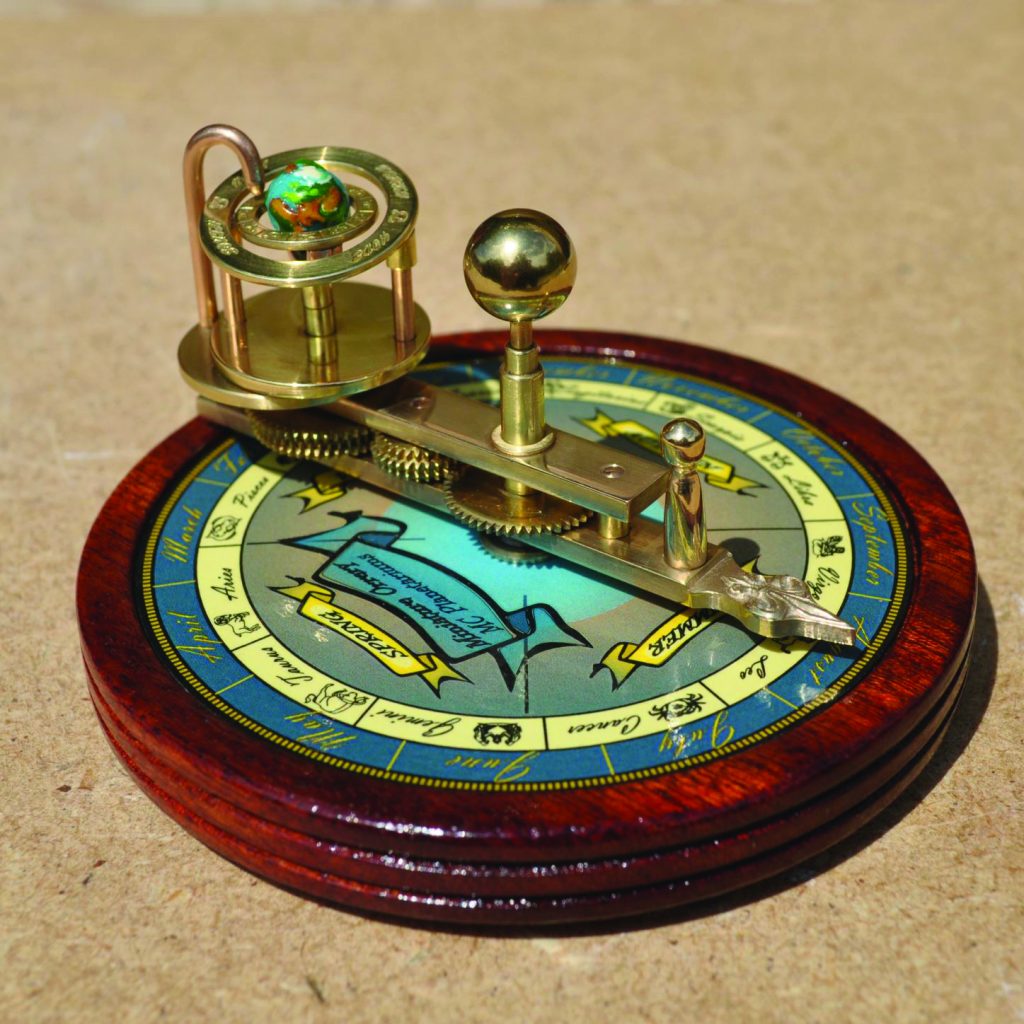
French Telluriums
José’s early models were initially inspired by the telluriums made by Delamarche in the 19th century and were more a work of art than a planetarium, featuring just a very simple mechanism. They describe the rotation of the moon around the Earth while it moves around the sun by pushing the mechanism with the hand. The Earth rotation is not driven by the mechanism.
He explains: ‘I designed this educational model to scale and later improved the mechanism making it more robust and more precise than the original. The 29mm globe is made in the traditional way – a hollow plaster sphere covered with handpainted paper gores*.
* a sector of a curved surface or the curved surface that lies between two close lines of longitude on a globe and may be flattened to a plane surface with little distortion.
‘The map is also made with our own cartography with text adapted to its size, and the sun is made of gilt wood,’ Altogether there are three models with different decoration with three different globes.
‘After verifying that the relationships seem correct, I apply the real calculations of the movements of the moon, Mercury and Venus and adjust the modules of the gears to obtain the number of teeth that is as close as possible to the original.’
José’s next challenge was to design the rest of the mechanism that is hidden inside the wooden base. Although he knew the lay out of the original from viewing other similar ones, it is not applicable in this case as it is a scale model.
He added: ‘If I kept the same scheme, I would have had to use some excessively small modules so that everything fits in the small hole inside the base, which would mean making some extremely delicate pinions. Instead, I chose to redesign the mechanism in such a way that precise movements of the planets are maintained without having to use tiny components, as a result the planetarium will be reliable and durable.’
The design of this planetarium stands out thanks to the sphere that encloses the solar system, which makes it different from other models of its time. Beech wood was used for the base and stained to the colour most similar to the Museum original and the revolution wooden parts were made on a manual lathe. The glass spheres, unlike the original, have an attachment, which allows José to fit it much more securely to the base, however, the drawback is that the exact geometry of the original wood cannot be maintained in the area that has to accommodate the attachment.
‘In reality the few similar models that exist all have a different base,’ José explains. ‘Although they respect the same general design, they were all one of a kind, so the replica is slightly different from its original. I designed a firm and invisible fastening for the glass sphere so that there is no risk if, for some reason, the planetarium is picked up by the glass sphere.’
Ferguson Paradox Orrery
José’s first replica of James Ferguson’s Paradox Orrery was a miniature model crafted in brass and wood. The base measures just 8 centimeters in diameter and the miniature globe, which is hand painted, is 8mm, which he believes makes it, possibly, the smallest in the world of this type.
Just like the original, José’s model shows when eclipses will occur and if these will be total or annular. More than 30 different colours of this model were made, featuring sapele and oak wood stained in various shades.
It was such a success that José decided to make a larger model – this time with a 14cm base and a miniature 12mm wooden globe, featuring hand painted paper gores glued on in the traditional way. Because it was bigger, he was able to include a terminator on the globe in such a way that it also served to explain the different length of days throughout the year.
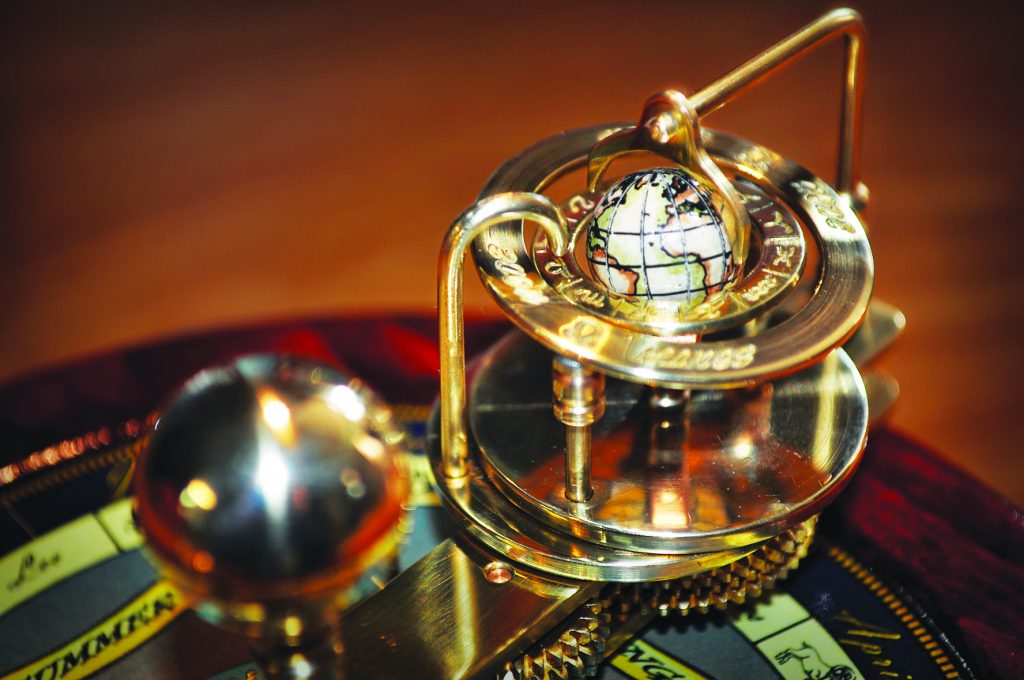
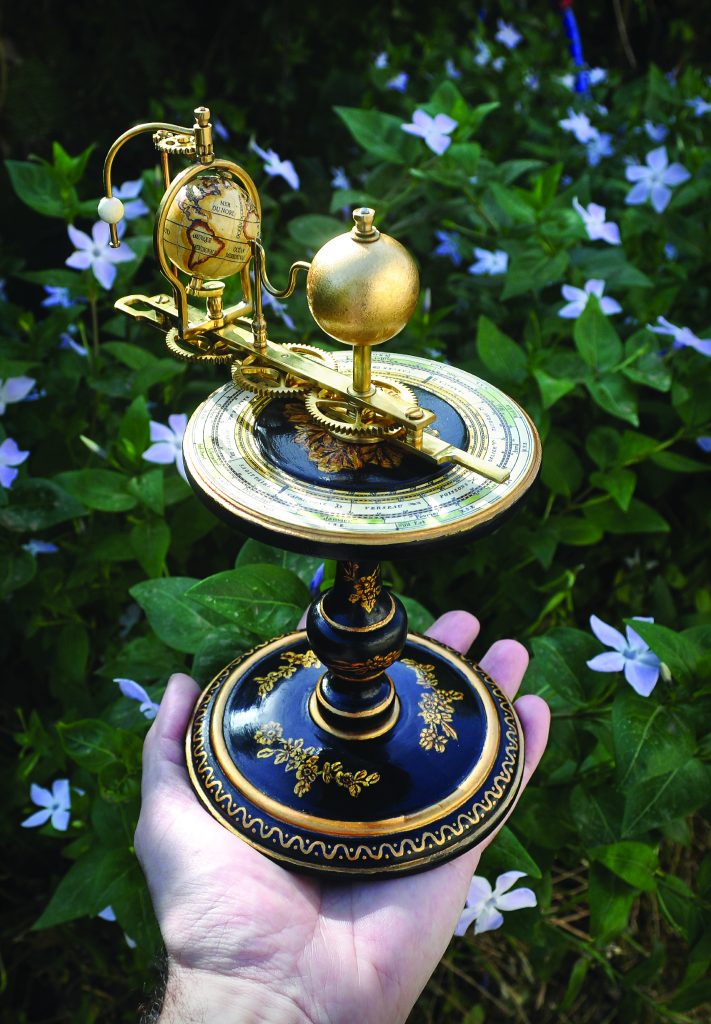
Future plans
In the future José hopes to made a classic Grand Orrery in a suitable size and price range for today’s market, which will include the motion of all the planets, including their rotation and the motion of their main moons, with all the mechanism enclosed in a richly decorated wooden box including cast brass figures.
The family is also working on creating their own celestial globes, which is a time consuming but satisfying project. They are also thinking about relaunching their first model, the Lunarium, in a totally transformed format, much larger in size and in brass and wood with a more complex mechanism, and a hand painted globe, decorated with crystals, stones and cubic zirconias.
